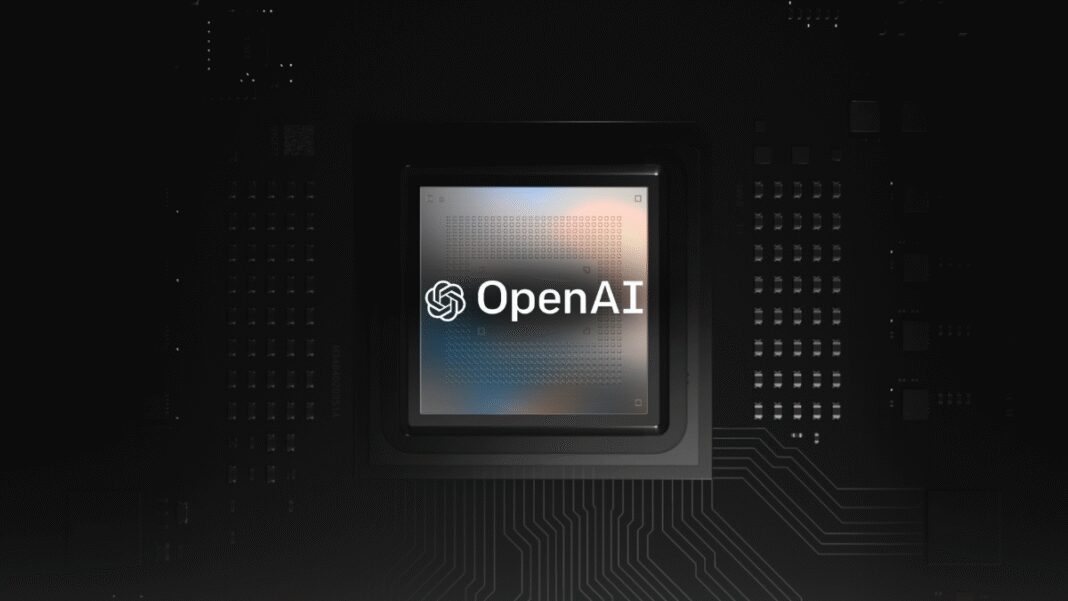The term OpenAI AI cloud marks a pivotal shift in the tech sector: OpenAI is not just building AI models — it now plans to sell its compute capacity as a cloud-service offering. The company’s CEO, Sam Altman, hinted at this direction in recent communication. This article explores what the move means, how it fits into OpenAI’s broader strategy, and its implications for the cloud computing and AI industries.
What is the “OpenAI AI cloud”?
- OpenAI is exploring ways to directly sell compute capacity (i.e., cloud infrastructure resources) to other companies and users.
- In a post on X, Sam Altman stated: “We are also looking at ways to more directly sell compute capacity to other companies (and people); we are pretty sure the world is going to need a lot of ‘AI cloud’, and we are excited to offer this.”
- The move would see OpenAI transition from being primarily a consumer of cloud services to a provider of cloud-like AI infrastructure—selling its own capacity rather than only using others.
- This would position OpenAI in competition with major cloud players like Microsoft Azure, Amazon Web Services (AWS) and Google Cloud.
Why this move matters
Competitive dynamics
- Many AI companies currently lease compute capacity from cloud providers. By offering its own, OpenAI could capture more margin and control over infrastructure.
- OpenAI competing directly with AWS, Microsoft Azure, Google Cloud would represent a major disruption in cloud infrastructure.
Economics & scale
- Training and running large AI models demands vast compute resources — OpenAI is committing to massive infrastructure build-outs.
- By monetizing unused or excess capacity, OpenAI may create a new revenue stream that helps offset heavy infrastructure spending.
Strategic control
- Owning the infrastructure means fewer dependencies on third-party cloud services. This gives OpenAI more control over performance, cost, and strategic flexibility.
- It may also accelerate innovation by aligning the infrastructure layer more closely with the model and service layers.
Background & Context
- OpenAI has already signed large compute-/cloud-infrastructure deals (for example with AWS) to access the resources needed for its AI models.
- The company is committing to build “30 GW of computing resources” over coming years.
- In October/November 2025, Altman clarified that governments should not be the back-stop for OpenAI’s data centre build-outs; rather, the company aims to scale through market mechanisms.
- OpenAI’s revenue run-rate is increasing: Altman stated the company expects to end year above $20 billion.
What We Know So Far: Key Facts
- Compute-capacity monetisation intention: OpenAI is looking at ways to sell compute capacity directly.
- Shift towards AI cloud service offering: The term “AI cloud” is being used to describe this offering and positioning.
- Large infrastructure commitments: The company is committing to huge compute build-out (with figures like $1.4 trillion over 8 years cited) to support this.
- Competitive implications: OpenAI would become a cloud-infrastructure player, potentially competing against the likes of AWS, Azure, Google Cloud.
- Market readiness & demand: Altman noted he is “pretty sure the world is going to need a lot of ‘AI cloud’”.
- No government guarantee-backing strategy: OpenAI clarified that it does not want government bailouts for its datacentres. mint
- Timing / rollout is early stage: This is still a strategic intention rather than a fully commercial launch announced with full details.
Potential Implications
For OpenAI
- New revenue channel: If successful, selling compute capacity could provide a significant additional business line beyond model subscriptions, enterprise services.
- Higher margins and control: Infrastructure ownership typically leads to more margin capture.
- Capital intensity & risk: The cloud infrastructure business is highly capital-intensive and operationally complex; OpenAI will face challenges scaling and competing.
- Brand shift: From AI model-maker to full stack tech provider (infrastructure + models + services).
For the Cloud Market
- More competition: Large cloud providers may face competition from an unexpected entrant (OpenAI) who has deep domain expertise in AI workloads.
- Infrastructure demand spike: As AI workloads grow, demand for specialised compute (GPUs, TPUs, etc) will increase; OpenAI’s plan may further accelerate this.
- Potential pricing pressure: With more supply of compute capacity, enterprises might gain better leverage for pricing or service configurations.
- Vertical integration trend: AI companies increasingly controlling hardware, models and services suggests further consolidation and vertical strategies.
For AI & Enterprise Users
- More options for AI-infrastructure: Enterprises may benefit from a new provider of AI cloud services tailored for model training / inference.
- Access to specialist hardware: OpenAI’s infrastructure may be optimised for its models and workloads — could be beneficial for certain use-cases.
- Switching considerations: Enterprises may need to evaluate trade-offs: emerging provider vs established cloud vendor reliability, ecosystem, services.
Challenges & Risks
- Building global infrastructure is hard: The cloud business involves data-centres, networking, redundancy, regulatory compliance, global scale — OpenAI is taking on a heavy lift.
- Capital burn & monetisation timeline: While OpenAI’s revenue is rising, the infrastructure commitments are huge; the path to profitability from this new business remains uncertain.
- Competition with entrenched cloud vendors: AWS, Microsoft Azure and Google Cloud have decades of experience, customer base, service ecosystem; OpenAI must differentiate strongly.
- Customer trust and ecosystem maturity: Large enterprises expect comprehensive service, global presence, reliability – OpenAI will need to meet those expectations.
- Regulation & energy/environment: Large compute infrastructure raises regulatory scrutiny (energy consumption, data localisation, supply-chain).
- Market execution risk: Strategic intent doesn’t always translate into market success; many infrastructure plays have struggled if scale isn’t quickly achieved.
What to Watch Next
- Official product launch or service announcement: When will OpenAI formally launch its “AI cloud” offering with pricing, features, tiers?
- Partnerships and customers: Which enterprises adopt the service early? Will OpenAI sign infrastructure/hosting deals.
- Infrastructure build-out details: Where will OpenAI locate its datacentres, what hardware will be used, how will it ensure global coverage?
- Pricing / differentiation: How will OpenAI price its compute capacity, and how will it position versus AWS/Azure/Google?
- Impact on cloud-vendor ecosystem: Will existing cloud providers respond with new offerings, partnerships, price cuts?
- ROI and profitability metrics: How does this move impact OpenAI’s financials over the next few years?
Conclusion
OpenAI’s plan to launch its own AI cloud represents a bold strategic expansion — from being a consumer of massive compute infrastructure to becoming a provider of it. By offering compute capacity to other companies and users, OpenAI seeks to capture more value, deepen control over the AI stack, and accelerate its growth.
However, the move is far from certain or easy. Infrastructure is costly, complex and highly competitive. The success of this pivot will depend on execution, scale, differentiation, and market demand.
If OpenAI can deliver a compelling offering, it could reshape the cloud computing landscape and further cement its role in the future of AI.



